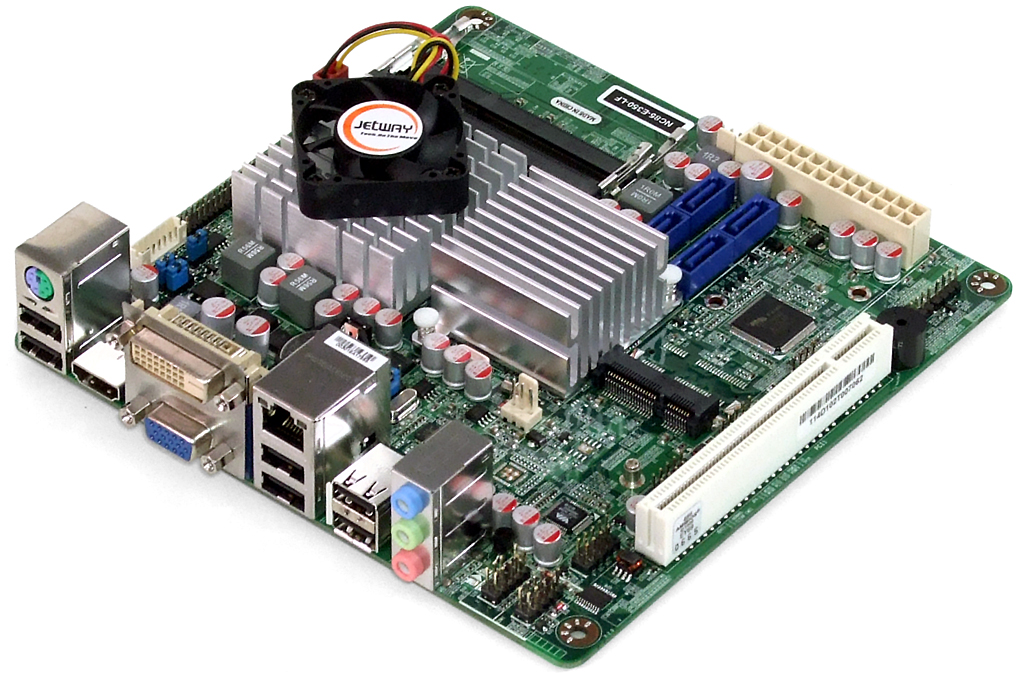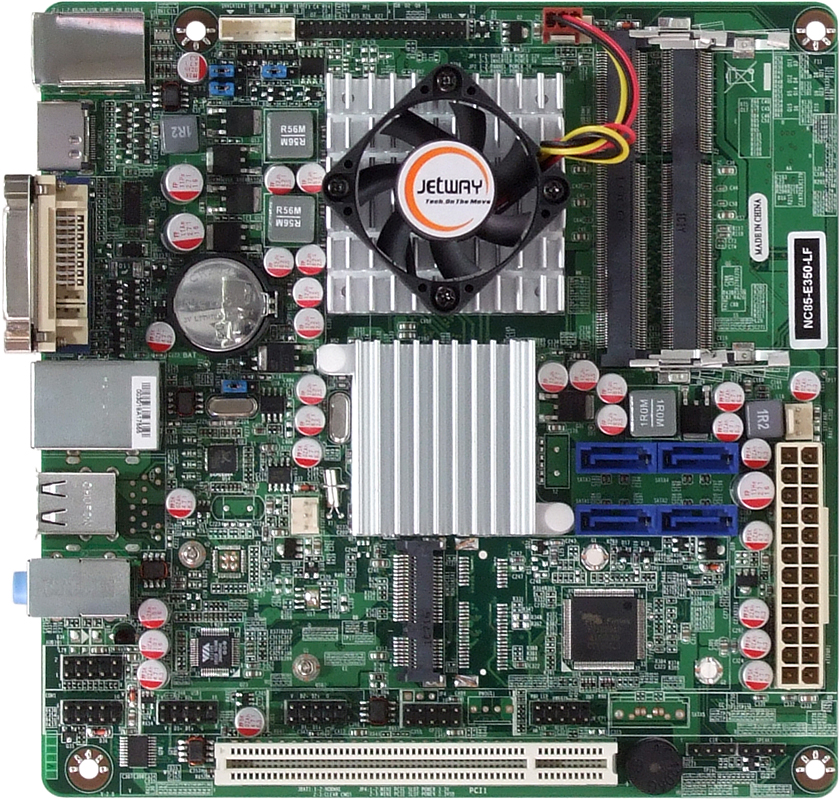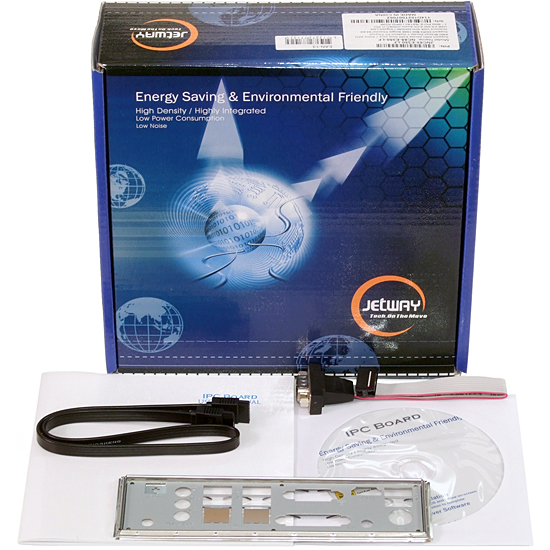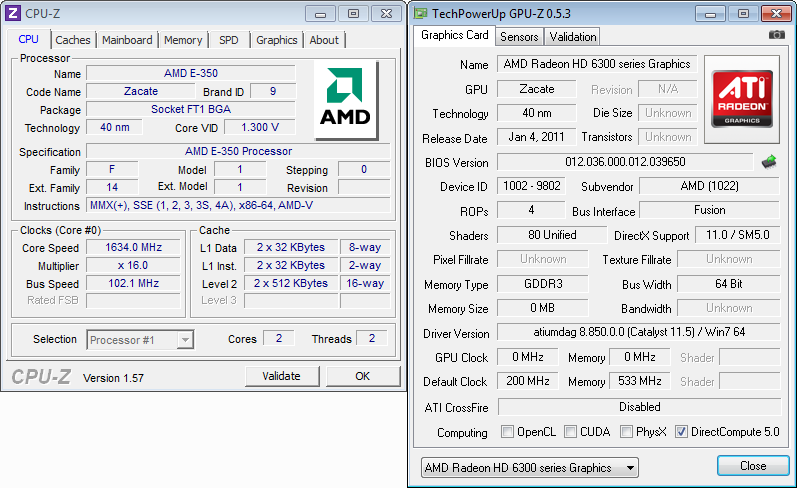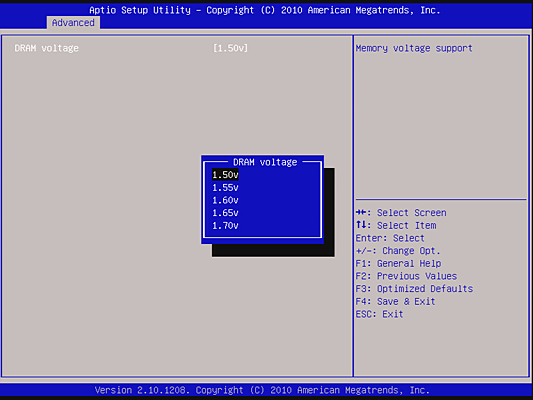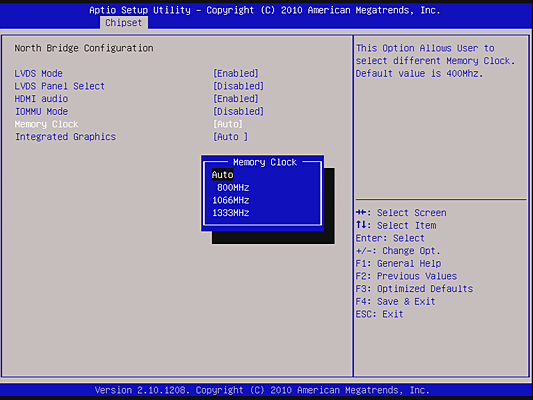The Brazos Round-Up: Eight AMD E-350-Based Motherboards
AMD’s Brazos platform, driven by the Zacate APU, offers a lot of performance per watt. It comes up short on features, though. Eight manufacturers try to change that perception by adding slots, controllers, and even overclocking in a couple of cases.
Jetway ND85-E350-LF
While Jetway’s mini-ITX sample isn’t designed specifically for power-conscious enthusiasts, this industrial PC part follows the same mini-ITX standard as competitors. The IPC segment actually requires VGA output, so we’ll reserve our criticism of that feature on this product.
Surprisingly, the NC85-E350-LF also includes an HTPC-friendly HDMI output, along with DVI. We’ve never seen IPC equipment use HDMI, though the thinner cable would certainly be helpful in tight spaces.
Commercial equipment is expected to survive under hot conditions, so Jetway’s use of a cooling fan is expected. This is the first of several boards in today’s review to use SO-DIMM notebook memory rather than desktop DIMMs, and the only part to provide traditional PCI rather than PCIe for the primary card slot.
While the NC85-E350-LF is designed to support up to two mini PCIe cards, only one of the slot connectors is provided on this sample. Some of its more-expensive competitors fill this slot with a wireless card, but Jetway leaves it open for the builder to choose his parts. A single screw secures half-length cards, and can also be moved to the full-length stud.
A single SATA cable is not adequate for most builds, though ITX cases that use notebook optical drives require a special adapter cable anyway. And considering this board's industrial aim, Jetway throws in a breakout cable for the internal serial port header that’s also present on most of today’s consumer-oriented products.
ND85-E350-LF Tuning
Jetway surprised us with a 2.1% default overclock, which is odd since IPC-oriented products typically place stability over performance. The clock actually fluctuates at idle and stabilizes at 1.4% over its spec when the platform is being benchmarked.
Note that GPU-Z reports a 533 MHz memory clock, which is appropriate for the DDR3-1066 memory AMD actually specifies for this platform. Again, industrial PC designs favor stability over performance.
Given the focus on long-term reliability, we were a little surprised to see manual memory voltage available that’s usually only needed for so-called performance modules. This setting can, however, be used to stabilize standard memory that’s fallen slightly out-of-spec, and a technician might be tempted to try adjusting memory voltage rather than change out a dodgy module.
Even more surprising is the DDR3-1333 memory setting. It didn’t work, and choosing it made the platform unbootable, even when combined with increased DIMM voltage.
Current page: Jetway ND85-E350-LF
Prev Page Gigabyte GA-E350N-USB3 Next Page Sapphire Pure Fusion Mini E350Get Tom's Hardware's best news and in-depth reviews, straight to your inbox.
-
gameworm The Zotac board actually is available on NeweggReply
http://www.newegg.com/Product/Product.aspx?Item=N82E16813500068
Only problem is that it is $160 instead of $130
Otherwise very nice roundup. I've been thinking of using one of these for a server/NAS. -
noob2222 Odd timing for the roundup, Llano just came out, these will be discontinued asap.Reply
Not good for much save storage, but that wasn't tested. Would have much rather see an A8 board roundup since they are on newegg now. Picked up one myself for my htpc/storage setup. -
Mathos noob2222Odd timing for the roundup, Llano just came out, these will be discontinued asap.Not good for much save storage, but that wasn't tested. Would have much rather see an A8 board roundup since they are on newegg now. Picked up one myself for my htpc/storage setup.Reply
Uh no, Brazos is bast on the Bobcat core which is a low power version of Bulldozer. These are meant for ultra portables and netbooks, nettops, ultrathin notebooks and the likes.
Llano is the entry level desktop APU until they switch from Stars cores on those to the newer bulldozer cores. -
noob2222 mathosUh no, Brazos is bast on the Bobcat core which is a low power version of Bulldozer. These are meant for ultra portables and netbooks, nettops, ultrathin notebooks and the likes.And yet this roundup is .... desktop boards.Reply
And brazos has nothing in common with bulldozer. -
BulkZerker mathosUh no, Brazos is bast on the Bobcat core which is a low power version of Bulldozer. These are meant for ultra portables and netbooks, nettops, ultrathin notebooks and the likes. Llano is the entry level desktop APU until they switch from Stars cores on those to the newer bulldozer cores.Reply
noob2222And yet this roundup is .... desktop boards. And brazos has nothing in common with bulldozer.
Net TOP. Meaning a low power ITX board. Brazos is merely a stopgap till AMD has the tooling to kick out tons of BD cores. Though I will agree this roundup is a bit late it is at least thorough. -
cangelini gamewormThe Zotac board actually is available on Newegghttp://www.newegg.com/Product/Prod 6813500068Only problem is that it is $160 instead of $130Otherwise very nice roundup. I've been thinking of using one of these for a server/NAS.Reply
Good call--that board only recently became available, after this story was scheduled to be published. We've since updated the conclusion and price chart to reflect the market as of July 4th, 2011.
Cheers,
Chris -
GaMEChld BulkZerkerNet TOP. Meaning a low power ITX board. Brazos is merely a stopgap till AMD has the tooling to kick out tons of BD cores. Though I will agree this roundup is a bit late it is at least thorough.Reply
Brazos is NOT a stopgap, it is meant for very low power applications. It's basically AMD's take on Atom style devices. Bulldozer is not meant to scale to this low power envelope. That's why there are already plans for Brazos successors. Ontario/Zacate will be replaced by Khrishna/Wichita. Llano will be succeeded by Trinity, which is Bulldozer based. Zambezi is supposed to be succeeded by something called Komodo, which I haven't read much about. -
silverblue Trinity and Komodo are both Enhanced Bulldozer. As such, Trinity will not be using Zambezi cores.Reply -
Well, aside from a few bits about Brazos being a stop-gap based on Bulldozer being wrong, the basic premise of "odd timing for a Brazos roundup" holds true.Reply
Llano for laptops is out-freaking-standing, Llano for desktops is amazing for cheap OEM-built desktops and small form-factor HTPCs. TBH, it shouldn't excite much of anyone else, nor was it intended to replace Phenom II + dGPU for enthusiasts.
